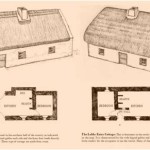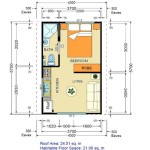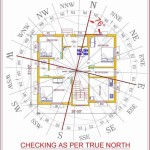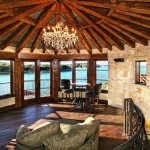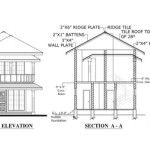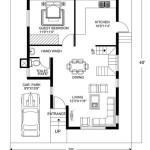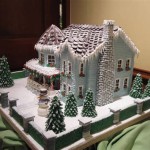Essential Aspects of Basement House Plans
Basements can provide extra space, storage, and comfort to your home. However, designing and building a basement requires careful planning and consideration. Here are some essential aspects to keep in mind when creating basement house plans:
Layout and Functionality
Determine the purpose of your basement. Will it be used for living space, storage, or a combination of both? Plan the layout accordingly, considering the size and shape of the space, traffic flow, and natural light.
Waterproofing and Drainage
Basements are prone to water seepage and flooding. Ensure proper waterproofing measures, such as sealing cracks and joints, installing a sump pump, and sloping the ground away from the foundation. Drainage systems should be integrated into the plans to prevent water buildup.
Lighting and Ventilation
Natural light is limited in basements. Incorporate windows or lightwells to maximize ventilation and natural light. Artificial lighting should be carefully planned to provide adequate illumination without creating glare or shadows. Exhaust fans are essential to remove moisture and improve air quality.
Ceiling Height and Structural Integrity
Ensure sufficient ceiling height to create a comfortable living space. Consider the structural integrity of the foundation and walls, especially if you plan on converting the basement into a living area. Proper support columns, beams, and reinforced walls may be required.
Electrical, Plumbing, and HVAC
Electrical wiring, plumbing, and HVAC systems need to be integrated into the basement plans. Determine the locations of fixtures, appliances, and outlets. Consider energy-efficient appliances and systems to reduce utility costs.
Fire Safety
Basements require proper fire safety measures. Install smoke and carbon monoxide detectors, as well as fire sprinklers if necessary. Provide multiple exits and consider a fire escape plan.
Egress and Accessibility
The basement should have an egress window or door for emergency evacuation. Ensure that the egress is easily accessible and meets building codes. Consider installing a ramp or elevator for accessibility if the basement is intended for living space.
Storage and Built-ins
Basements offer ample storage space. Plan for built-in shelves, cabinets, or closets. Utilize vertical space with tall storage units to maximize storage capacity. Consider a dedicated storage area to keep clutter organized.
Finishes and Decor
The finishes and decor of your basement should complement the rest of your home. Choose materials that are moisture-resistant and durable. Consider adding a touch of color or texture to create a warm and inviting atmosphere.

Simple House Floor Plans 3 Bedroom 1 Story With Basement Home Design 1661 Sf Basementdesignflo One New

Contemporary House Plan With 4 Bedrooms And 3 5 Baths 5311

Versatile Spacious House Plans With Basements Houseplans Blog Com

Basement Floor Plans Types Examples Considerations Cedreo

Don Gardner Walkout Basement House Plans Blog Eplans Com

C 511 Basement House Plan From Creativehouseplans Com Plans Floor Cabin

Basement House Plans Next Level Homes

Stylish And Smart 2 Story House Plans With Basements Houseplans Blog Com

Basement Floor Plans How To Make A Good Plan For House Layout

Home Plans With Finished Basements

